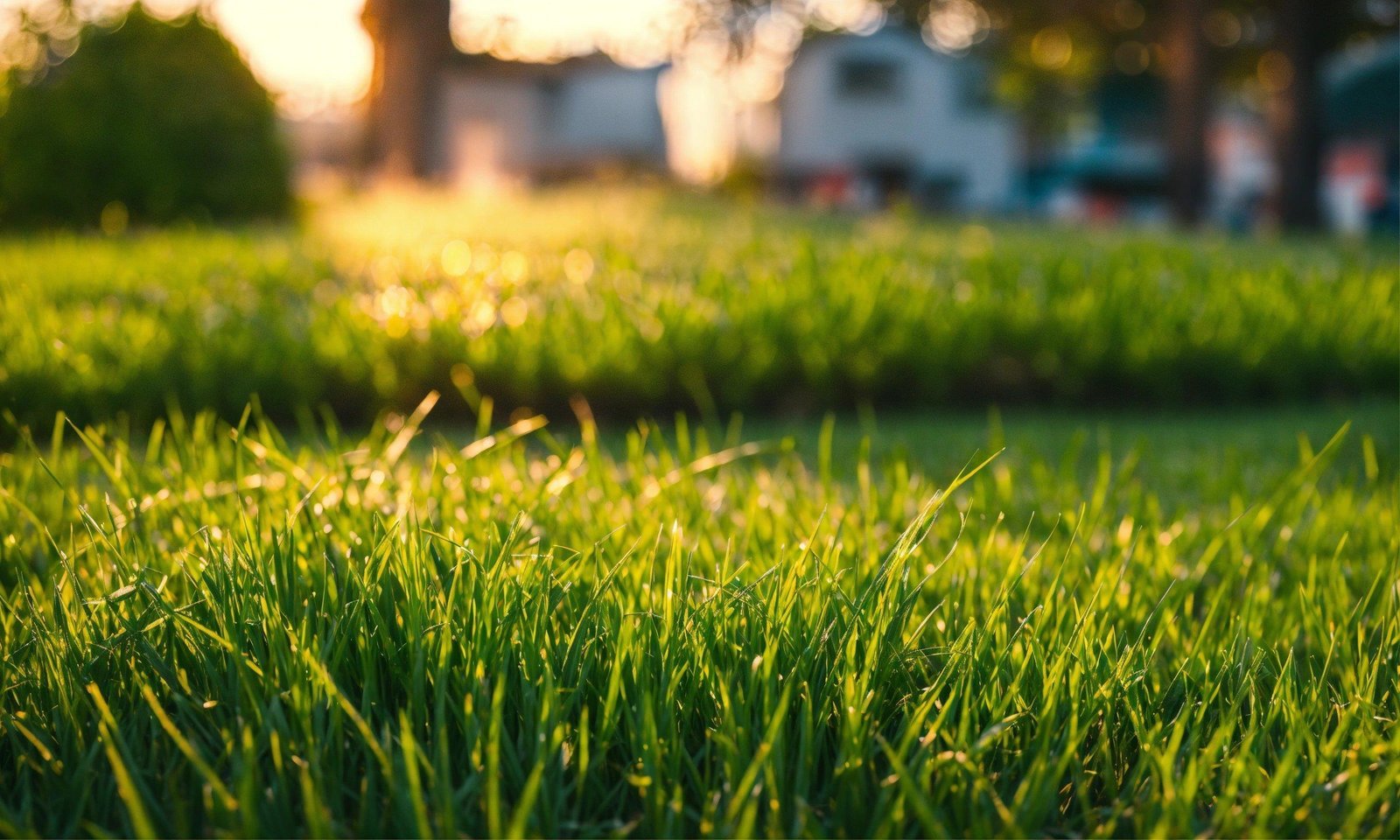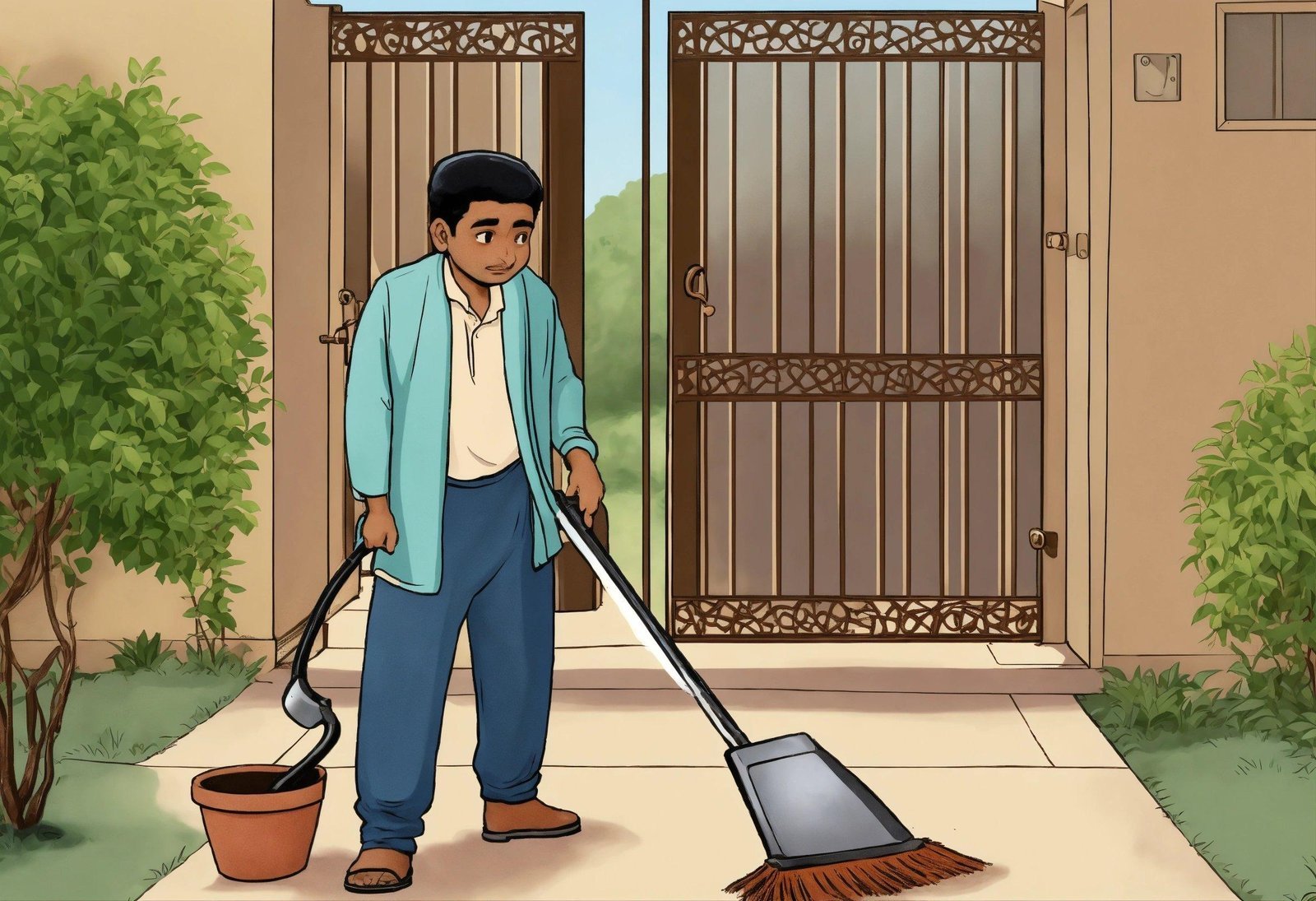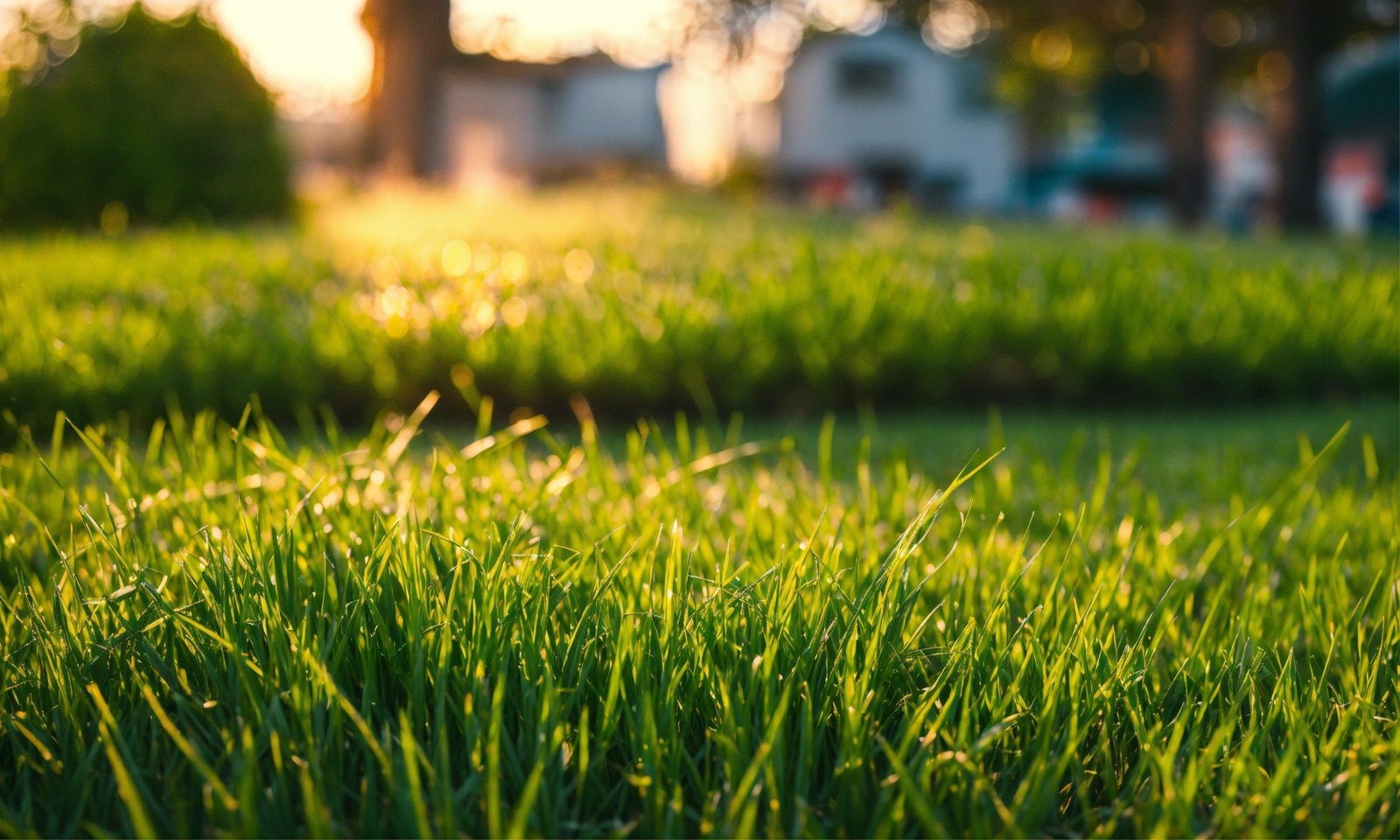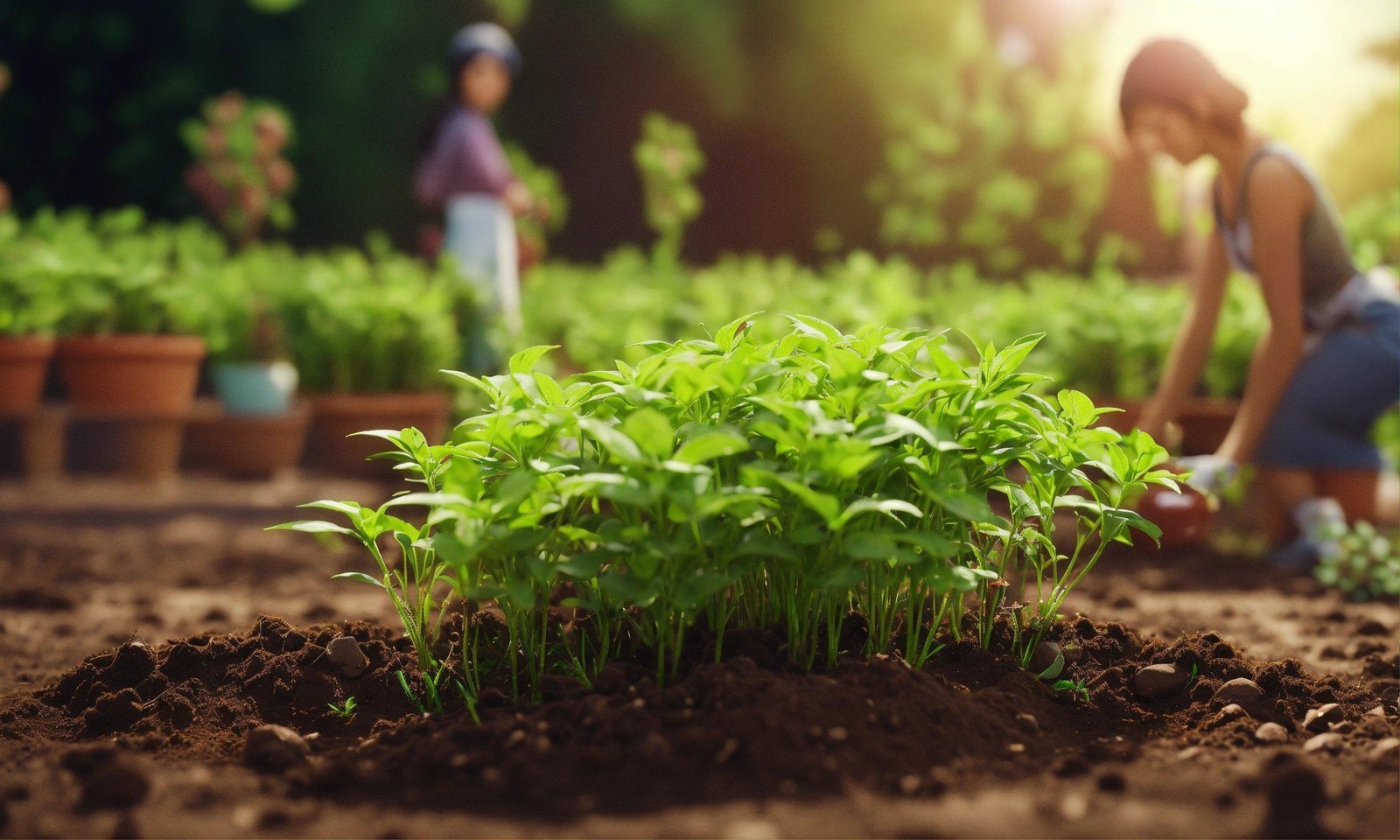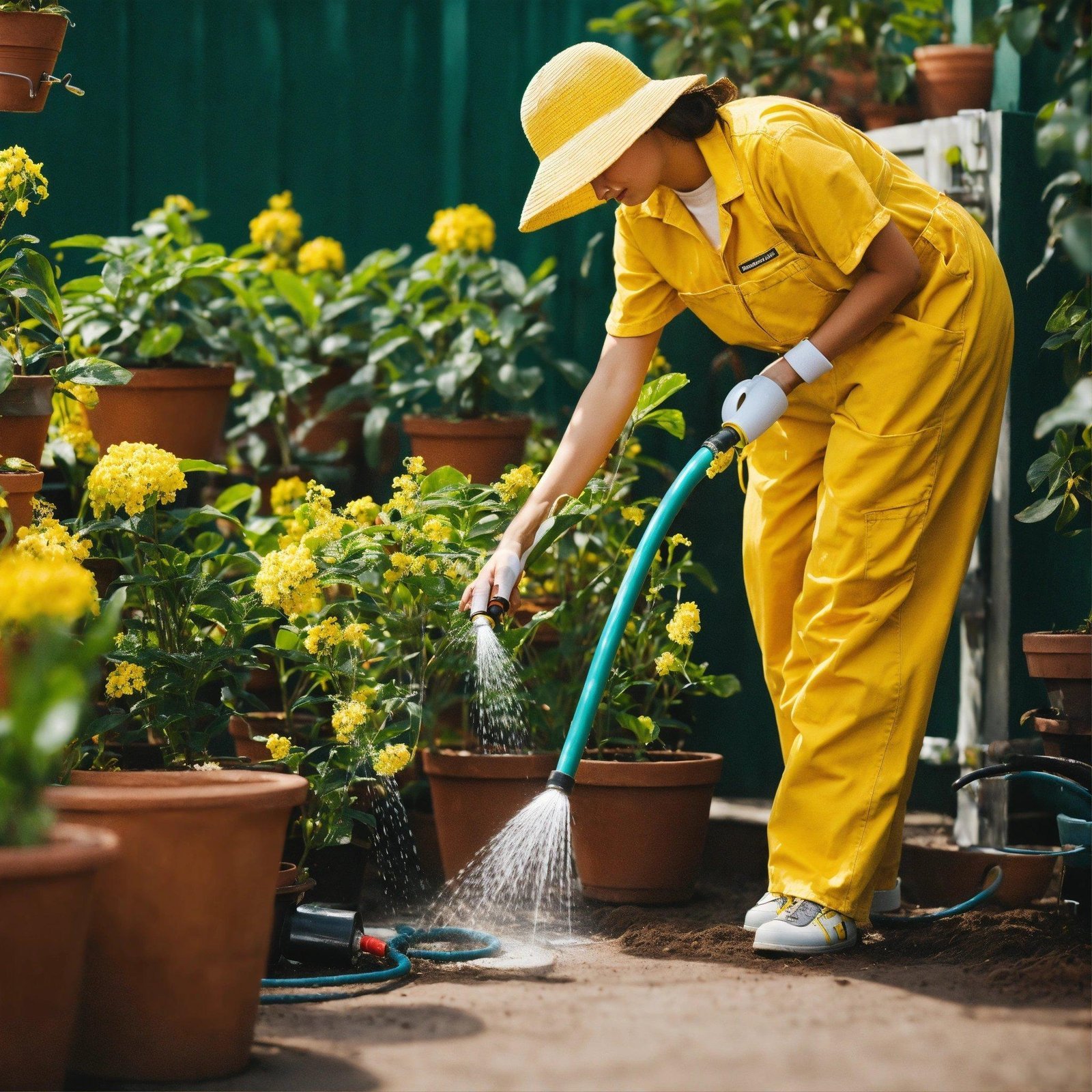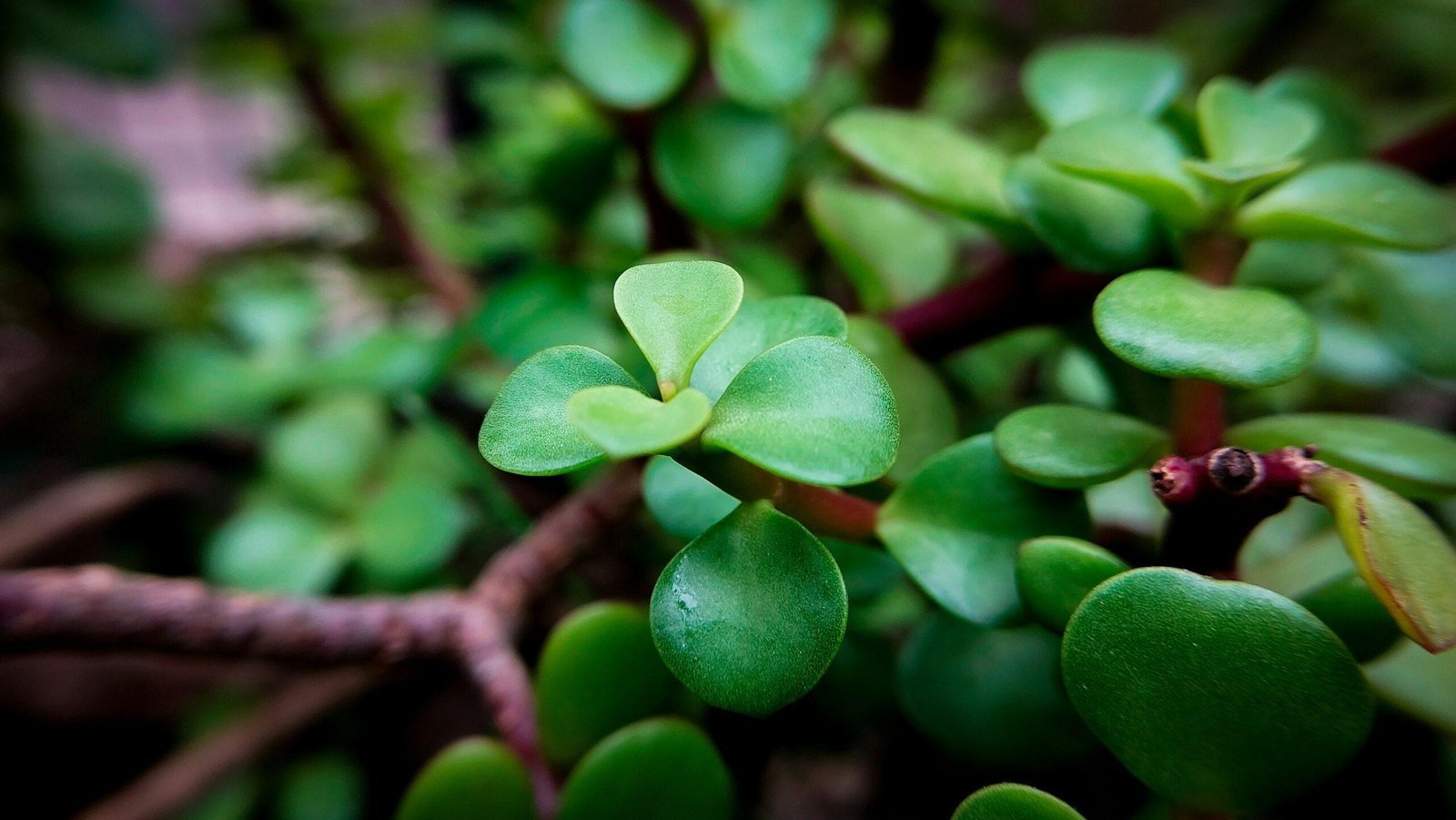Fertilizers are a crucial component of modern agriculture, providing essential nutrients to plants to promote healthy growth and maximize crop yields. However, not all fertilizers are created equal, and using incompatible fertilizers can have serious consequences for both the environment and the health of crops.
When it comes to fertilizers, compatibility refers to the ability of different fertilizers to be mixed and applied together without causing negative reactions. Incompatible fertilizers can result in reduced nutrient availability to plants, nutrient imbalances, or even toxic build-ups in the soil. This can lead to poor crop performance, decreased yields, and environmental degradation.
One of the most common issues with incompatible fertilizers is the potential for nutrient antagonism. Certain nutrients can interfere with the uptake of others, leading to deficiencies in essential elements like nitrogen, phosphorus, potassium, or micronutrients. For example, applying a fertilizer high in calcium or magnesium alongside a fertilizer containing high levels of phosphorus can reduce the availability of phosphorus to plants, leading to stunted growth and reduced yields.
In addition to nutrient antagonism, incompatible fertilizers can also result in nutrient imbalances in the soil. Over time, repeated use of incompatible fertilizers can alter the pH levels of the soil, making it too acidic or too alkaline for optimal plant growth. This can also lead to imbalances in the soil’s nutrient levels, disrupting the natural cycling of nutrients and impacting plant health.
Furthermore, using incompatible fertilizers can contribute to nutrient leaching and runoff, which can pollute waterways and harm aquatic ecosystems. Excessive nutrient runoff from agricultural fields can lead to eutrophication, a process that results in the overgrowth of algae and other aquatic plants, causing oxygen depletion and fish kills.
To avoid the dangers of incompatible fertilizers, it is important for farmers and gardeners to carefully consider the composition of the fertilizers they are using and to follow recommended application rates. Conducting soil tests before applying fertilizers can help determine the nutrient needs of the soil and prevent over-fertilization. Additionally, rotating different types of fertilizers and incorporating organic matter into the soil can help maintain a healthy nutrient balance and promote sustainable soil fertility.
In conclusion, exploring the dangers of incompatible fertilizers is essential for maintaining soil health, promoting crop productivity, and protecting the environment. By understanding the potential risks associated with using incompatible fertilizers and taking proactive measures to prevent problems, farmers and gardeners can optimize their fertilizer practices for sustainable agriculture.
#Exploring #Dangers #Incompatible #Fertilizers
What is incompatible fertilizer?

